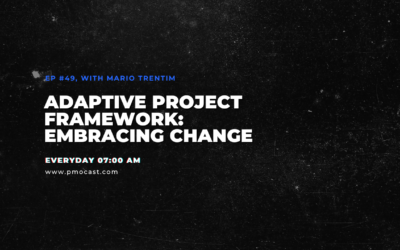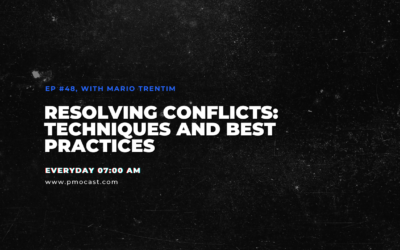Welcome to an in-depth exploration of Disciplined Agile (DA), a comprehensive toolkit designed to optimize your project delivery. In this guide, we delve into how you can tailor and scale Agile practices to fit your unique project needs, enhancing your project management proficiency.
Disciplined Agile: An Adaptive Approach to Project Management
Disciplined Agile, conceived by Scott Ambler and Mark Lines, is a process decision framework offering guidance on selecting the most suitable Agile practices for your specific project. DA champions a flexible and adaptive approach to project management. Unlike a rigid, one-size-fits-all methodology, DA provides a toolkit enabling project managers to make informed decisions based on their project’s context, goals, and constraints.
Guiding Principles and Core Concepts of Disciplined Agile
DA is governed by several key principles:
1. People First: DA underscores the importance of empowering individuals and teams, nurturing a culture of trust and collaboration.
2. Context Counts: DA acknowledges every project’s uniqueness and encourages project managers to tailor their approach accordingly.
3. Learning-Oriented: DA advocates continuous improvement via feedback, reflection, and learning.
Supporting these principles are several core concepts:
1. The Agile Lifecycle: DA establishes a foundation for choosing and evolving your Agile practices throughout the project lifecycle.
2. Process Goals: DA outlines various process goals to assist in customizing your approach to Agile.
3. Decision Points: DA provides guidance on making critical decisions throughout your project.
Tailoring and Scaling Agile Practices with Disciplined Agile
Disciplined Agile enables project managers to tailor and scale Agile practices according to their specific project needs:
1. Assessing your project’s context: Factors such as team size, project complexity, and stakeholder expectations should be considered.
2. Identifying process goals: Select the process goals that align with your project’s objectives and constraints.
3. Choosing appropriate practices: Utilize the DA toolkit to choose practices that best support your process goals.
4. Adapting and refining: Continually refine your approach based on feedback and lessons learned.
Weighing the Pros and Cons of Disciplined Agile
While there are many benefits to implementing DA, including greater flexibility, improved collaboration, and enhanced outcomes, it’s essential to be aware of potential challenges. These could range from the increased complexity in navigating and implementing DA due to its wide range of practices and decision points, potential resistance from team members to new practices, and the necessity for skilled practitioners with a solid understanding of Agile principles and practices.
By understanding the principles, concepts, and practices of Disciplined Agile, you can tailor your project management approach to maximize your project’s success. Remember, in the realm of project management, knowledge is power, and DA offers an expansive toolkit to empower your project delivery.
SEO Keywords: Disciplined Agile, Project Management, Agile Practices, Agile Principles, Process Decision Framework
Meta Description: Harness the power of Disciplined Agile with our comprehensive guide.




0 Comments